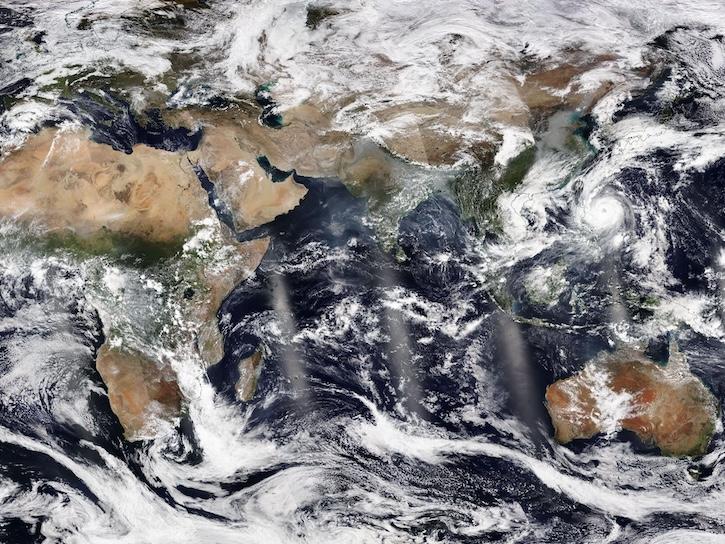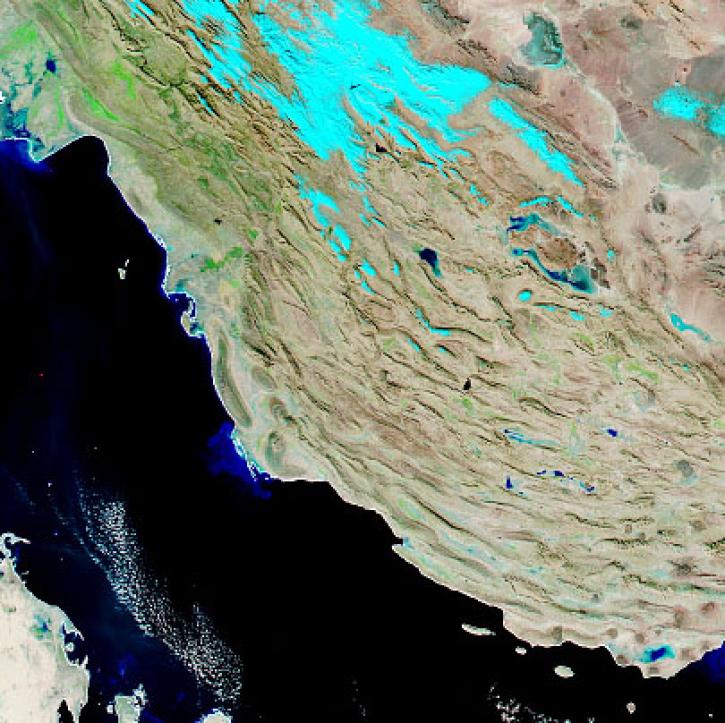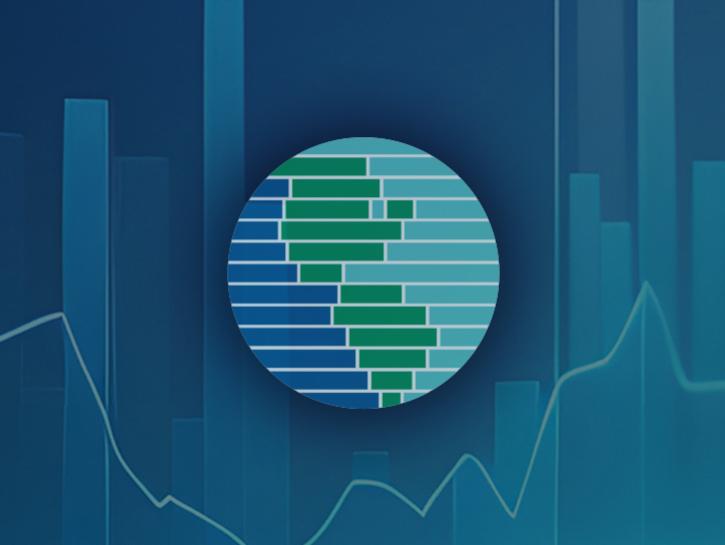We are in the process of migrating all NASA Earth science data sites into Earthdata from now until end of 2026. Not all NASA Earth science data and resources will appear here until then. Thank you for your patience as we make this transition.
Read about the Web Unification Project
Atmospheric Rivers Data Access and Tools
From discovery to visualization, data tools such as Earthdata Search, Worldview, and Application for Extracting and Exploring Analysis Ready Samples (AppEEARS) guide users in making the most of atmospheric rivers data.
Table of contents
Atmospheric Rivers Datasets
| Dataset | Platforms | Instruments | Temporal Extent | Location Keywords | Data Format |
|---|---|---|---|---|---|
| CAMEX-3 ANDROS ISLAND RAWINSONDE AND RADIOSONDES V1 | BALLOONS | RADIOSONDES, RAWINSONDES | 1998-08-04 to 1998-09-20 | CARIBBEAN | ASCII - netCDF-3 |
| CAMEX-3 DC-8 NAVIGATION (DADS) DATA | NASA DC-8 | DADS | 1998-08-15 to 1998-09-23 | CARIBBEAN | ASCII |
| CAMEX-3 GOES-8 PRODUCTS V1 | GOES-8 | GOES-8 Imager | 1998-08-05 to 1998-09-30 | NORTH ATLANTIC OCEAN | McIDAS |
| CAMEX-3 JPL LASER HYGROMETER V1 | NASA DC-8 | LASER HYGROMETERS | 1998-08-15 to 1998-09-23 | CARIBBEAN | ASCII |
| CAMEX-3 JPL SURFACE ACOUSTIC WAVE (SAW) HYGROMETER V1 | NASA DC-8 | HYGROMETERS | 1998-08-15 to 1998-09-23 | CARIBBEAN | ASCII |
| CAMEX-3 NAST-I RADIANCE PRODUCTS V1 | NASA ER-2 | NAST-I | 1998-08-13 to 1998-09-27 | CARIBBEAN | Various: netCDF-3, Binary, ASCII |
| CAMEX-3 POLARIMETRIC SCANNING RADIOMETER (PSR) V1 | NASA DC-8 | PSR | 1998-08-06 to 1998-09-23 | CARIBBEAN | Various: netCDF-3, MAT, JPEG, PDF, Word |
| CAMEX-3 SCANNING RAMAN LIDAR V1 | GROUND-BASED OBSERVATIONS | RL | 1998-08-06 to 1998-09-20 | CARIBBEAN | ASCII |
| CAMEX-4 AEROSONDE V1 | AEROSONDE | BAROMETERS, GPS, HYGROMETERS, THERMISTORS | 2001-08-19 to 2001-09-10 | NORTH ATLANTIC OCEAN | Excel |
| CAMEX-4 ANDROS ISLAND RAWINSONDE AND RADIOSONDES V1 | BALLOONS | BAROMETERS, GPS, HYGROMETERS, RADIOSONDES, RAWINSONDES, THERMISTORS | 2001-08-16 to 2001-09-24 | BAHAMAS | ASCII |
Pagination
SHOWING 10 OF 998
Featured Atmospheric Rivers Observation Method: VIIRS
The Visible Infrared Imaging Radiometer Suite (VIIRS) instruments are aboard the joint NASA/NOAA Suomi National Polar-orbiting Partnership (Suomi NPP) and NOAA-platforms. The orbits of the platforms make them ideally positioned to observe atmospheric rivers reaching the west coast of North America. The VIIRS instruments include five high-resolution image bands, sixteen moderate-resolution bands, and one unique panchromatic day/night band ultra-sensitive in low-light conditions. The VIIRS instruments build on the heritage of their successful predecessors, the Advanced Very High Resolution Radiometer (AVHRR), the Moderate Resolution Imaging Spectroradiometer (MODIS), and the Sea-viewing Wide Field-of-view Sensor (SeaWIFS).
The Visible Infrared Imaging Radiometer Suite (VIIRS) will help ensure continuity of Earth observations after the upcoming retirement of the Moderate Resolution Imaging Spectroradiometer (MODIS).
With the eventual retirement of the Terra and Aqua platforms, the Visible Infrared Imaging Radiometer Suite (VIIRS) instruments will take the lead in daily Earth observations.
19 MIN READ
Frequently Asked Questions
Earthdata Forum
Our online forum provides a space for users to browse thousands of FAQs about research needs, data, and data applications. You can also submit new questions for our experts to answer.
Submit Questions to Earthdata Forumand View Expert Responses

